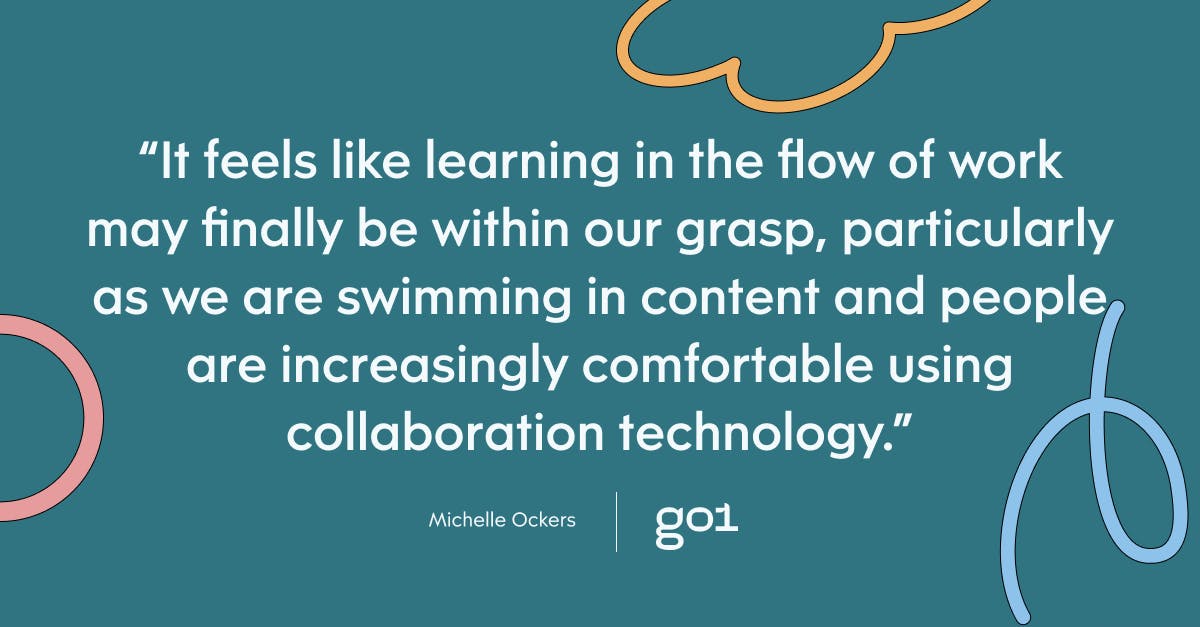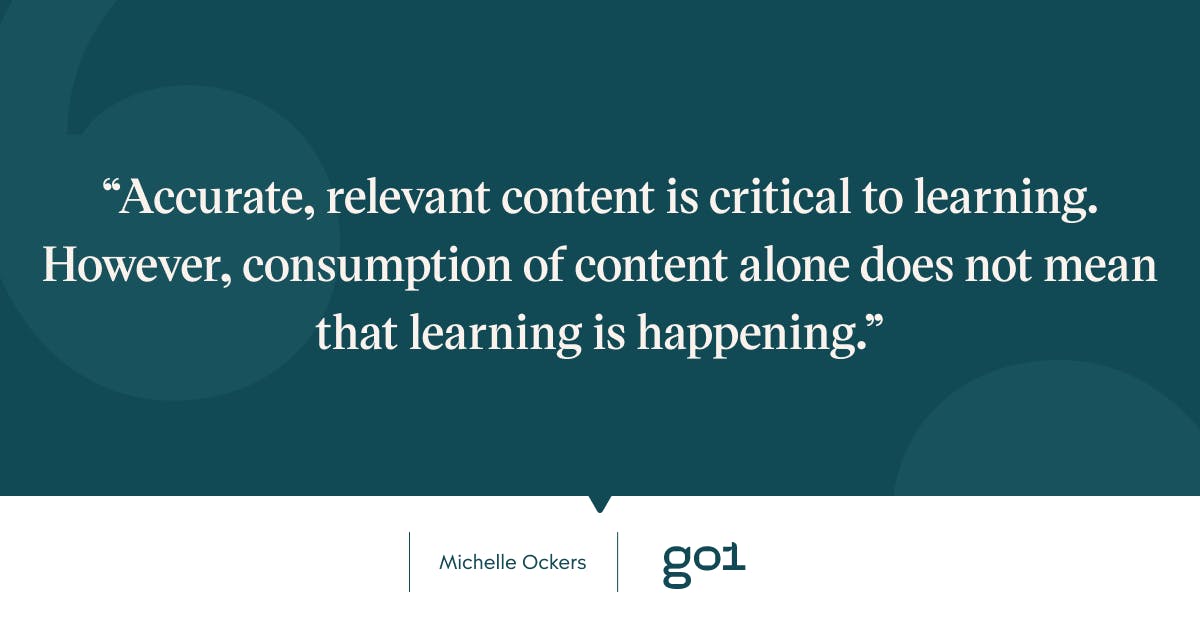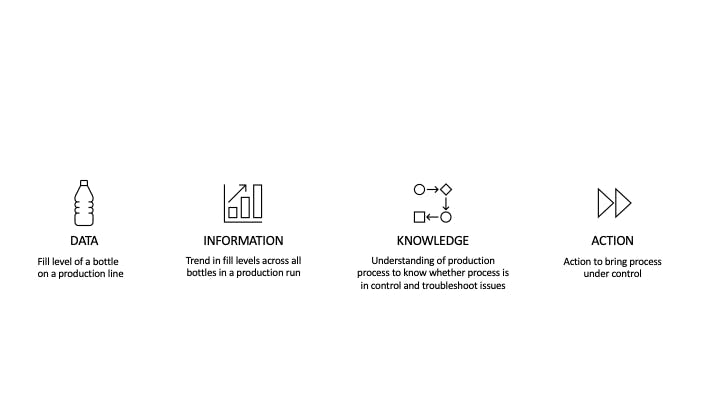
Applying learning science to workplace communities

Written by guest blogger Michelle Ockers, Organisational Learning Strategist. Michelle is the founder of Learning Uncut and co-founder of Emerging Stronger. She helps workplace leaders to develop a high impact learning and development function and believes that learning can be key in improving business performance. Michelle holds the strong belief that everyone deserves the opportunity to learn and perform at their best.
In a previous article, Laura Overton outlined the rich opportunity for learning to be cultivated in workplace communities and discussed the need to get back to basics to achieve this. Yet there are myths that can lead us up the garden path and straying away from critical basics. Ground yourself in learning science.
Fertile ground for learning
Enterprise collaboration tools keep people connected across the many spaces where they now work. In the first article in this series Laura Overton outlined how at Emerging Stronger we see these new spaces of work as fertile ground for learning. It feels like learning in the flow of work may finally be within our grasp, particularly as we are swimming in content and people are increasingly comfortable using collaboration technology.

Just as a successful gardener applies findings from the natural science of botany, taking an approach informed by learning science will help learning in a community to grow and thrive. Let’s explore three compelling myths that too often lead us up the garden path and see how learning science can help us nip them in the bud!
Myth #1 - Consuming content means learning is happening
When the pandemic hit we saw an explosion in people accessing digital content. Research by Fosway in May 2020 showed that 71% of L&D leaders experienced an increased demand for digital learning content from learners. It’s easy to measure content ‘hits’ - and of course, helpful to know what content people are finding useful. Accurate, relevant content is critical to learning.
However, consumption of content alone does not mean that learning is happening. Even if we are thoughtfully curating content and sharing it in workplace communities we are missing a significant opportunity to seed learning in richer ways.

Questions are a powerful way to improve recall and deepen understanding. Try these two approaches to using questions when you post content in communities:
- Reflection - Invite individual reflection on key takeaways and how they compare to their own experience.
- Elaboration - Ask people whether they agree with key points in the content, and why or why not, inviting them to explain their thinking.
Myth #2 - We no longer need knowledge as we can look it up
We can look up almost anything online inside or outside of our organisation when and where we need it. It’s enticing to think that there’s no point learning and memorising things when we can look everything up online. Of course, we can - and should - look up facts and simple processes online rather than having to remember them.
However, information and knowledge are different things. When we look things up what we find is largely facts or information. We have to judge the validity of what we find and interpret it to make it meaningful.
This requires that we have a ‘map of the world’ to make sense of and use what we find. Knowledge is this map, composed of existing mental frameworks, experience and expertise. In short, we need knowledge to do something useful with information, as the example below illustrates.

Grow knowledge in workplace communities using proven methods such as:
- Retrieval practice - Post case studies and scenarios, or run activities where people can seek input on challenges, providing an opportunity to retrieve and apply knowledge, deepening understanding.
- Elaboration - Encourage people to relate new concepts or ideas to existing knowledge and create connections by asking how they could use the concepts in their work.
Myth #3 - Digital means people are learning differently
Technology has provided new digital spaces for people to work and learn. It provides access to a far greater volume of content, both inside and outside of organisations. Searching the internet has been likened to trying to drink from a firehose. By necessity, how we search for and filter information has changed as we seek to quickly decide what content is worthy of our attention.
However, it has not fundamentally changed the mechanisms by which we learn. In his book Millennials, Goldfish & Other Training Misconceptions. Clark Quinn debunks the myth that digital means we learn differently. He points out that “learning itself, which changes the brain wiring, is a process of action and reflection.” While digital spaces may have changed the environment in which learning is occurring, “it’s using the same mechanisms of neural strengthening.”
So, if our brains work in the same way, we need to tune into how we can encourage people to learn in workplace communities. We can do this by sowing questions and activities in ways such as:
- Spaced practice - Set challenges or run activities that provide multiple practice opportunities over a period of time.
- Feedback - Invite people to demonstrate or walk through how they do something and guide constructive peer feedback.
Sowing the seeds of learning
Take a leaf out of the book of successful gardeners who carefully cultivate the right growing conditions to produce a rich harvest. Sowing is about seeding the learning process in your community with relevant and effective content, questions and activities. Dig into learning science so you know what seeds to sow and why, providing essential nutrients to grow learning.
The Emerging Stronger team has created a new tool to help you spot opportunities and cultivate learning in workplace communities. Download the tool here and look at the next article in this series where Shannon Tipton outlines how to use the tool.
This article is Part 2 in a series of blogs written by the Emerging Stronger team, each exploring the theme of workplace communities. Be sure to take a look at the other articles in the series, including:
- Part 1: Cultivating learning in workplace communities by Laura Overton
- Part 3: Enabling L&D to develop and nurture learning that delivers a rich harvest by Shannon Tipton
Want a step-by-step guide to cultivating learning in workplace communities? Download our latest toolkit from Emerging Stronger for insights on:
- Preparing the ground
- Sowing the right seeds to stimulate learning
- Nurturing growth
- Harvesting impact!
For more insights, subscribe to the Go1 newsletter to stay on top of all the latest L&D trends. Or, you can book a demo today to find out how Go1 can help with your team's learning needs.




